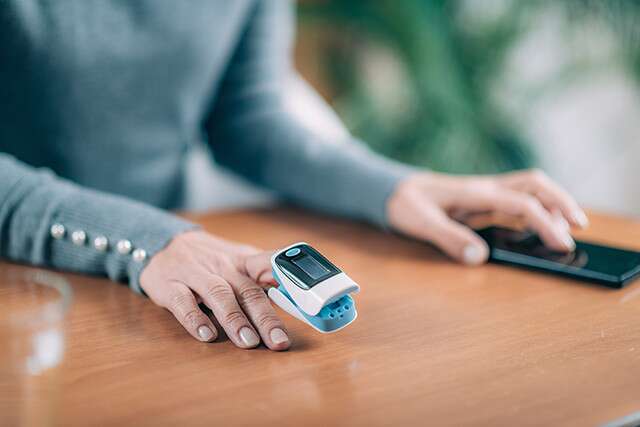Blood Oxygen Levels: Everything You Need To Know
You might be hearing the term ‘blood oxygen levels’ everywhere recently, it has become increasingly relevant in our daily lives ever since the COVID-19 pandemic broke out. However, maybe you feel like you are out of the loop every time you hear the term because you don’t have enough information about it. This article might be perfect for you as it is a complete compilation of everything you would need to know about blood oxygen levels.
What Are Blood Oxygen Levels?
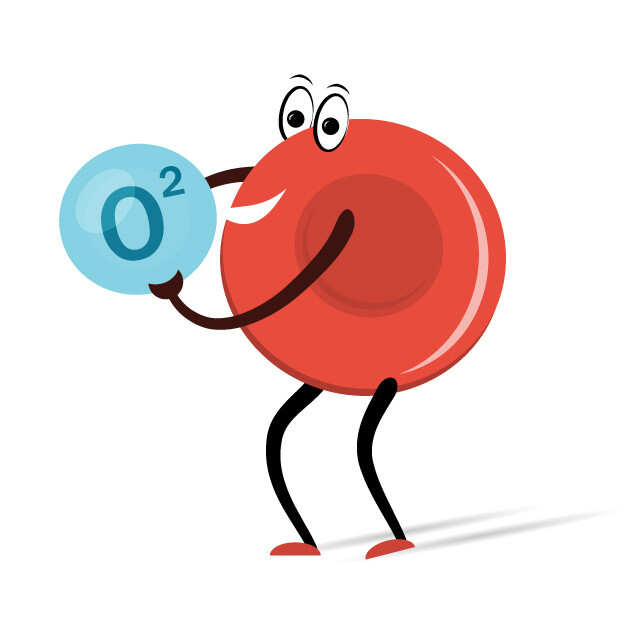
Image: Shutterstock
In simple words, the blood oxygen level is the amount of oxygen that is circulating through your blood. As we know, that oxygen is the key to our survival. We breathe in oxygen through our nose and mouth which passes through the lungs and into our bloodstream. The majority of this oxygen is carried by the red blood cells who help in delivering it to all parts of our body. The oxygen in our blood helps in replacing the old and worn-out cells, provides the body with energy, and also increases the functioning of the immune system.
Tip: With the ongoing pandemic, it is wise to monitor the levels.
What Do Blood Oxygen Levels Indicate?
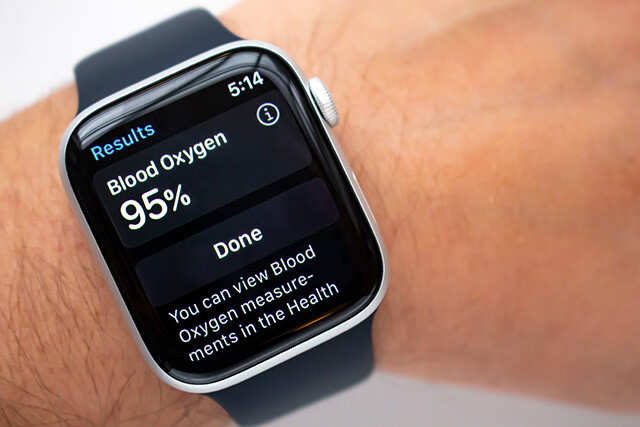
Image: Shutterstock
As said earlier, the blood oxygen level measures exactly how much oxygen your red blood cells are carrying in your body and how efficiently the oxygen is getting delivered to all the cells. On average, our bodies are perfectly capable of regulating the blood oxygen level. The maintenance of the balance of the oxygen-saturated blood is very important for the healthy functioning of our bodies.
Tip: Low blood oxygen levels are usually an indication of a medical condition, and should be checked out by a medical professional.
Why Has The Interest In Blood Oxygen Levels Increased Recently?

Image: Shutterstock
Shortness of breath and other respiratory problems are proven to be an extremely common symptoms of COVID-19, so when people found this out, there was an increase in the sales of pulse oximeters so that they can measure their own blood oxygen levels at home. Some believe that this test can help in doing a self-assessment for checking if you have contracted the virus.
Tip: It is always better to pay heed to any symptom you have and check it out.
How Is Blood Oxygen Level Measured?
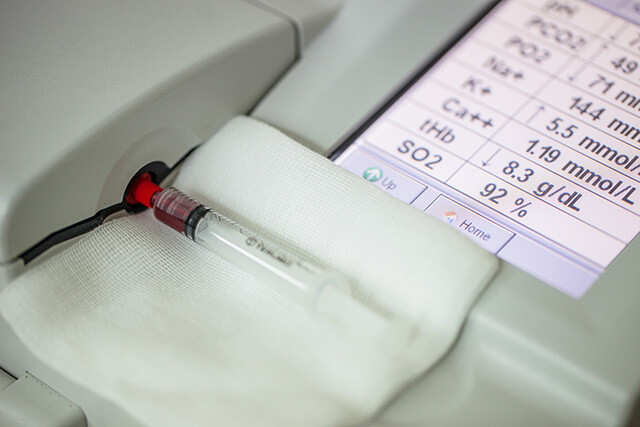
Image: Shutterstock
The most accurate way to measure the blood oxygen level is by doing an ABG (arterial blood gas) Test. When doing this test, a sample of your blood is taken from the artery, usually from the wrist.
However, an ABG test takes longer, is painful and is not at all convenient to do it at home by yourself.
Alternatively, there is another way you can measure your blood oxygen levels. This is by using a device that is called a ‘pulse oximeter.’ This device is small and it has an indirect way of measuring the blood oxygen through the light absorption from the pulse.
Despite it being easy, quick and painless, this method may not be very accurate and precise as there a few external factors that can affect the results.
Tip: Things like dirty fingers, bright lights, nail polish, etc., can alter the results and render the test useless.
What Is The Normal Range Of Blood Oxygen Levels?
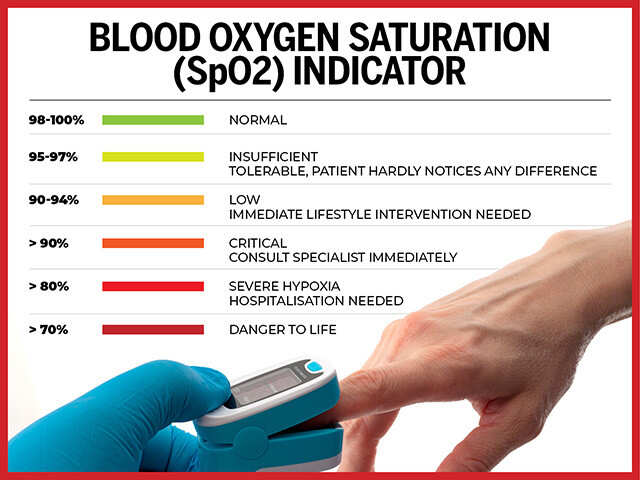
The normal range for the blood oxygen level is anywhere between 75 to 100 millimeters of mercury (mm Hg). Anything below 60 mm Hg is considered to be low and you may need a supply of oxygen, which is decided by the doctor.
However, if you are using a pulse oximeter to measure your oxygen level by yourself at home, the normal level would be when the SpO2 level is anywhere between 95% to 100%.
The brain starts to get negatively affected if your oxygen falls below 80-85%, in the case that the oxygen falls below 67%, there is a possibility that the skin of the person may turn bluish and this condition can be fatal.
Tip: It is important to note that the normal range for the SpO2 level may be different for some people who have chronic illnesses related to their lungs, in that case, it is best to ask the doctor what is the normal range for you.
How Often Do You Need To Measure Your Blood Oxygen Level?
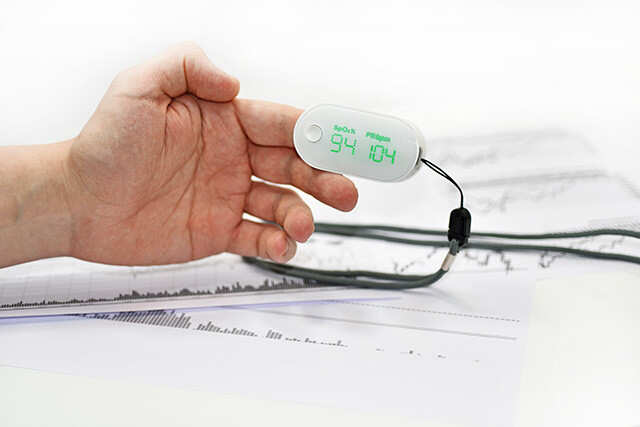
Image: Shutterstock
For most people, be it, children or adults, there is no reason to regularly keep tabs on their blood oxygen levels. The only reason a doctor would think to check out your blood oxygen level if you are showing clear symptoms like shortness of breath or chest pain.
On the other hand, people who are diagnosed with chronic health conditions such as asthma, heart disease, or chronic obstructive pulmonary disease (COPD), may need to regularly monitor their blood oxygen levels regularly. By doing so, it helps in determining if the treatments that your doctor is giving you are actually working, and if not, it may need to get altered according to your needs.
What Causes Low Blood Oxygen Levels?

Image: Shutterstock
Certain medical conditions like COPD, asthma, collapsed lungs, anemia, heart defects, heart diseases, etc., are known to negatively affect your blood oxygen level.
Any condition related to your respiratory system might stop your lungs from correctly inhaling oxygen-containing air and exhaling carbon dioxide. Similarly, problems related to your circulatory system do not allow the blood cells to adequately transfer the oxygen throughout your body. Due to this, these conditions can cause the oxygen level in your body to decline.
Apart from this, if you are in a place that is on a relatively higher altitude, such as mountainous regions, your blood oxygen level may also go down significantly, as the oxygen levels in the atmosphere also keep on decreasing the higher you go.
People who smoke on a regular basis are also prone to having low blood oxygen levels. However, these results won’t come accurately if you are doing a reading with a pulse oximeter, as the device does not seem to differentiate between the oxygen and the carbon monoxide built up in your blood due to the smoking.
Tip: If you smoke, an ABG test is the only reliable way for you to get an accurate reading.
What Are The Symptoms Of Low Blood Oxygen Level?

Image: Shutterstok
When your blood oxygen level is below the normal range, it is called hypoxemia. The lower the level is, the more severely it can affect you. There are many symptoms that start to show up when your oxygen is going down.
These include, but are not limited to Headache, dizziness, coughing, shortness of breath, wheezing, confusion, rapid heartbeat, bluish color of skin, etc.
Tip: If this condition is left untreated for a long period of time, it can be very dangerous and lead to permanent damage to the brain and/or heart.
What Can You Do To Prevent Your Blood Oxygen Level From Going Down?

Image: Shutterstok
There are a few lifestyle changes that you can make to help in maintaining a normal range of oxygen levels.
Some of them are:
Deep breathing exercises: Your lungs are the most important part of maintaining your oxygen levels. Breathing may be an involuntary action, but there are times when you unintentionally develop patterns of shallow breathing, which leads to the lack of oxygenation in your body. It is necessary that you take out some time of your day to focus on your breathing, and perform some deep breathing exercises, which can you easily find online. Performing yoga regularly might help with this too.
Mild exercise: Especially in times like these, where most of us are working or learning remotely, it is important to keep moving around and partake in some mild exercise such as walking, or even some stretching, to avoid getting sluggish.
Hydrating yourself: You need a proper intake of water every day for your body to function properly. Dehydration can weaken your immune system greatly and make you susceptible to a lot of problems.
Maintaining a healthy diet:You should start eating well-balanced meals, especially foods that help with your circulation and/or contain a lot of iron. A few foods that are extremely good for you; beetroot, garlic, green leafy vegetables, pomegranate, sprouts, nuts and seeds.
FAQs
Q. Can you detect COVID-19 with a pulse oximeter?
A. No. A pulse oximeter cannot help you in detecting whether you actually have the virus or not. It is only useful in helping you monitor symptoms that are related to the condition. A low blood oxygen level can be a symptom of COVID, but it can also point to a number of other health issues. Either way, you should contact your doctor if your level goes below 90%.
Q. How to use a pulse oximeter?
A. It is actually extremely simple to use a pulse oximeter by yourself. All you have to do is clip the device to your finger and switch it on. It uses beams of light to measure the oxygen in your blood and also your heart rate.
